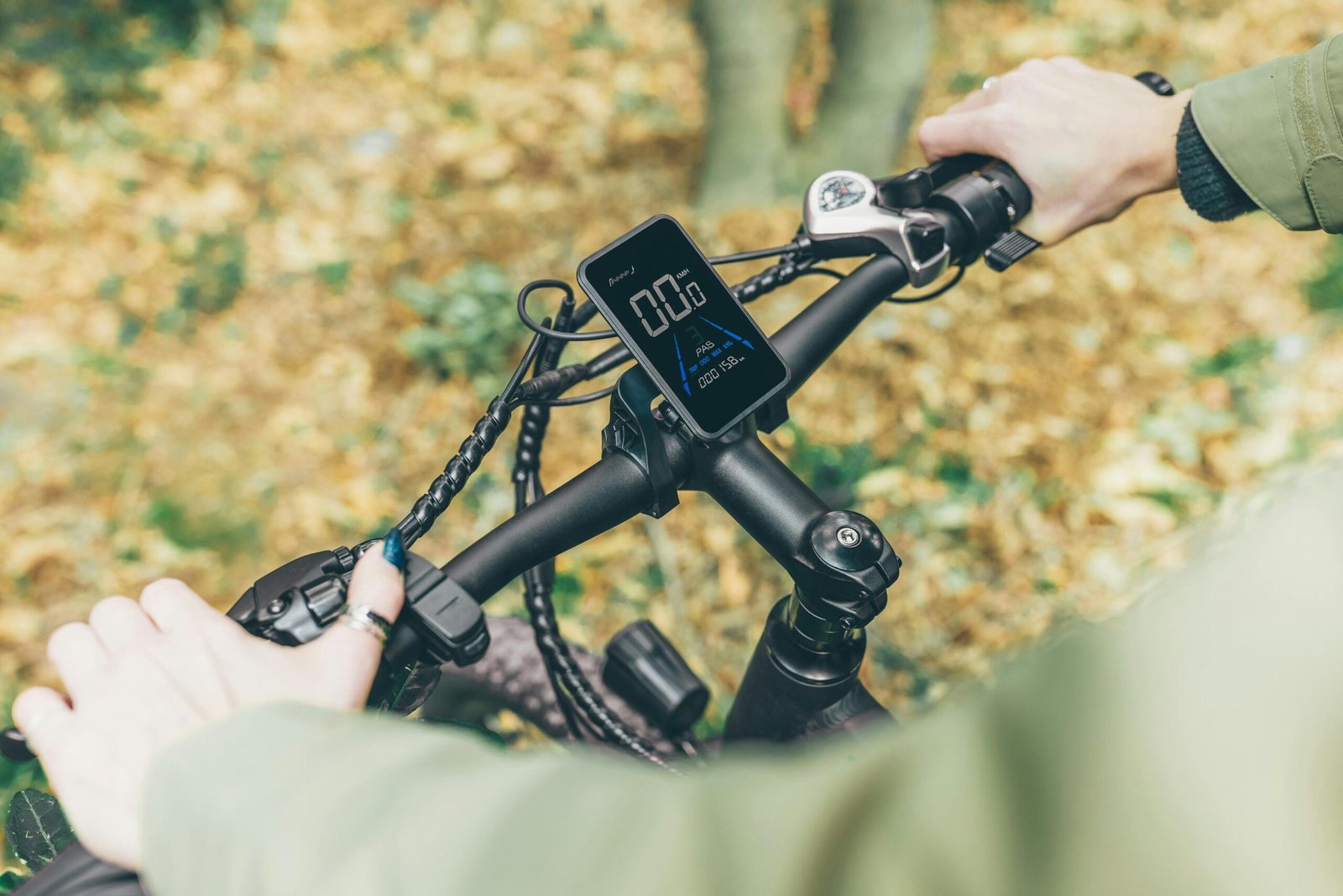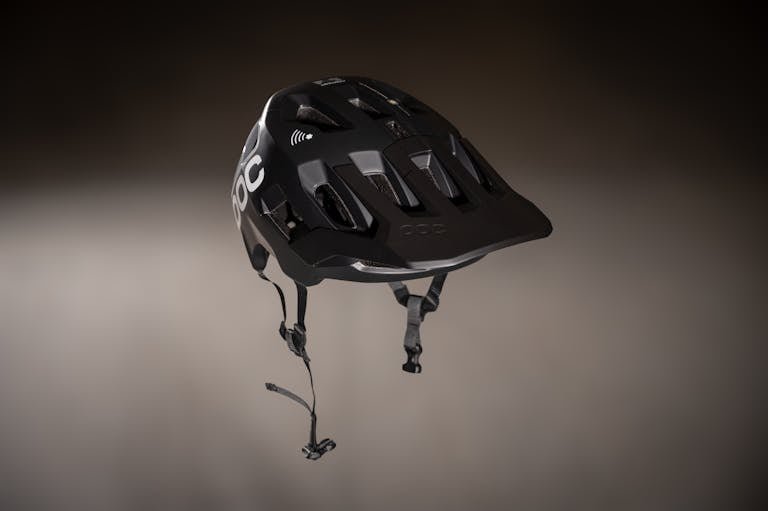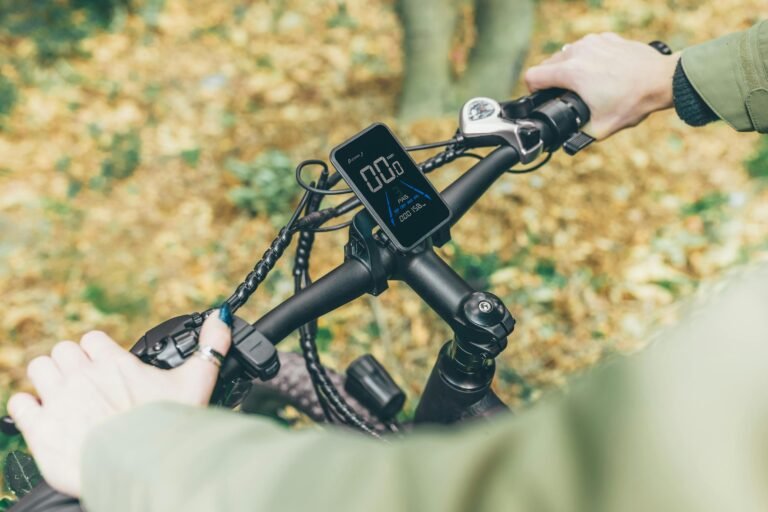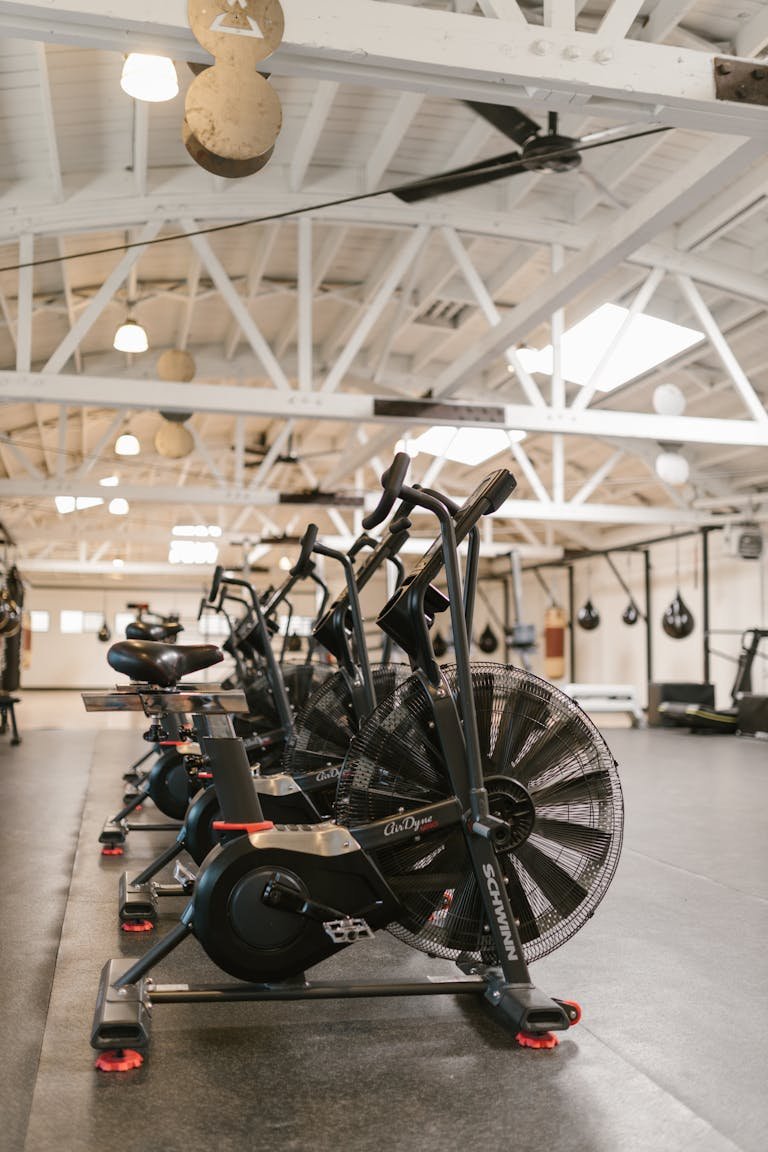Amazing Next-Level GPS Cycling Technology 2025
GPS Cycling: Next-Level Gear for Every Cyclist
Cycling has evolved, and GPS technology is taking it to astonishing new heights. Gone are the days of relying solely on printed maps or uncharted paths. With GPS cycling technology, riders can enjoy precision navigation, detailed performance metrics, and seamless integration with smart devices and apps. Whether you’re a casual rider or a competitive cyclist, the right GPS tools will elevate your rides and help you unleash your full potential.
What is GPS Cycling Technology?
When we talk about GPS cycling technology, we’re diving into tools and gadgets that use Global Positioning System (GPS) satellites to track, navigate, and optimize a cyclist’s journey. These devices come in various forms, from sleek cycling computers to GPS-enabled smartwatches and even smartphone applications.
Key features of GPS cycling devices include real-time location tracking, route mapping, and connectivity with other gadgets like heart rate monitors or power meters. While dedicated GPS devices like the Garmin Edge offer more durability, battery life, and cycling-specific features, smartphone apps like Strava can be a convenient, cost-effective option.

Benefits of GPS Cycling Technology
1. Accurate Navigation
Say goodbye to getting lost mid-ride. GPS cycling devices provide precise mapping and turn-by-turn directions, ensuring you’re always on the right track, whether you’re riding through bustling cities or remote trails.
2. Performance Tracking
Modern GPS cycling technology allows cyclists to monitor metrics like speed, distance, elevation gained, and even heart rate. This data is a goldmine for those looking to improve their training, set goals, and measure progress.
3. Enhanced Safety
Real-time tracking isn’t just cool – it’s a new day for safety. Some devices allow friends or family to track your location, a critical feature for long rides or those cycling through less-traveled areas.
4. Community & Challenges
Cycling is better with friends, and GPS devices let riders share routes, compete in online challenges, and even race against virtual opponents. Social fitness apps like Strava make every ride a chance to connect with the cycling community.
5. Device Integration
From smart lights to power meters and cycling cameras, GPS technology syncs seamlessly with other gadgets, creating a connected ecosystem that ensures cyclists have everything they need at their fingertips.
Types of GPS Devices for Cyclists
Dedicated GPS Cycling Computers
These are the heavy hitters of GPS cycling tech. Brands like Garmin and Wahoo dominate this space, offering cycling computers built for durability, detail, and data. Pros love their rugged design, long battery life, and advanced performance tracking. However, they can be pricier than other options.

GPS-Enabled Smartwatches
Advanced smartwatches like the Garmin Fenix or Apple Watch cater to multi-sport athletes, including cyclists. While they may lack some cycling-specific features, their versatility makes them great for those who dabble in running, swimming, or hiking as well.
Smartphone Apps
Apps like Strava, Komoot, and Ride with GPS turn your everyday smartphone into a powerful GPS tool. While less durable than dedicated devices, they’re incredibly cost-effective and constantly evolving with new features.
Key Features to Look for in a GPS Cycling Device
GPS cycling devices are not created equal. Before making a purchase, consider the following features:
1. Mapping and Route Guidance
Detailed mapping capabilities are vital, especially for cyclists exploring unfamiliar territories or long routes. Look for devices with turn-by-turn navigation and offline map support.
2. Battery Life
Cyclists embarking on multi-hour or even multi-day rides need a device with long-lasting battery life. Many dedicated cycling computers outperform smartphones in this area.
3. Connectivity
Bluetooth, Wi-Fi, or ANT+ compatibility ensures your device can sync with other gadgets, such as power meters, cadence sensors, or cycling apps.
4. Sensors Compatibility
The right GPS device works seamlessly with heart rate monitors, cadence meters, and even power measurement tools, offering deeper insights into your cycling performance.
5. Display and Interface
A clear and easy-to-navigate display ensures riders can quickly get the data or guidance they need without fumbling with settings mid-ride.
6. Value for Money
While premium GPS devices offer incredible features, budget-friendly options or apps may suffice for casual riders. Determine what tools you really need before committing to a purchase.

Popular GPS Cycling Devices and Apps
Here’s a rundown of the hottest GPS cycling tools on the market in 2025:
Top GPS Cycling Computers
- Garmin Edge Series: Known for its robustness, cutting-edge features, and global map coverage.
- Wahoo ELEMNT Series: Sleek, easy-to-use devices with excellent navigation and performance features.
GPS-Enabled Smartwatches
- Garmin Fenix 7: Offers the best of both worlds – multi-sport tracking and dedicated cycling features.
- Apple Watch Series 8: A feature-rich option for those already tied into the Apple ecosystem.
Popular Apps
- Strava: For tracking rides, competing on segments, and connecting with fellow cyclists.
- Komoot: A top choice for offline routes and adventure-focused riders.
- Ride with GPS: Perfect for precise route creation and ride analysis.
How to Choose the Right GPS Cycling Device
With so many options, how do you pick the perfect one? Start by defining your cycling goals. Casual riders may benefit from basic navigation, while committed athletes might prioritize sensors and data tracking. Consider your budget and compare features across devices or apps. And don’t forget to check reviews, as real-world feedback often reveals insights you might not find in spec sheets.
Tips for Getting the Most Out of GPS Cycling Technology
Optimize your GPS cycling experience with these pro tips:
- Keep Maps and Firmware Updated: Ensure you’re always equipped to tackle new paths or access the latest device features.
- Use Online Tools: Plan the perfect ride using platforms like Komoot or Ride with GPS before hitting the road.
- Analyze Your Data: Regularly review your ride statistics to identify trends and opportunities for improvement.
- Sync Devices and Gadgets: Maximize your setup by integrating GPS devices with power meters, smart lights, or wearable sensors.

Future Trends in GPS Cycling Technology
The future of GPS cycling technology is nothing short of epic. Expect continued advancements in GPS accuracy, powered by AI and machine learning. Devices will further integrate with e-bikes, potentially offering features like real-time battery management. Next-gen innovations may include augmented reality (AR) displays, allowing riders to view navigation and metrics directly on their helmet visors. The world of cycling tech is just warming up. I’ve discussed the topic of Cycling Technology in full detail, read the article here.
Final Thoughts
GPS cycling technology isn’t just a tool – it’s a trusted companion for every pedal stroke and every journey. Whether you’re chasing personal records, exploring new territories, or simply wanting to ride smarter, there’s a GPS device or app tailored to your needs. Don’t just follow the pack; take your cycling game to the next level. Explore GPS tools today and revolutionize how you ride!







